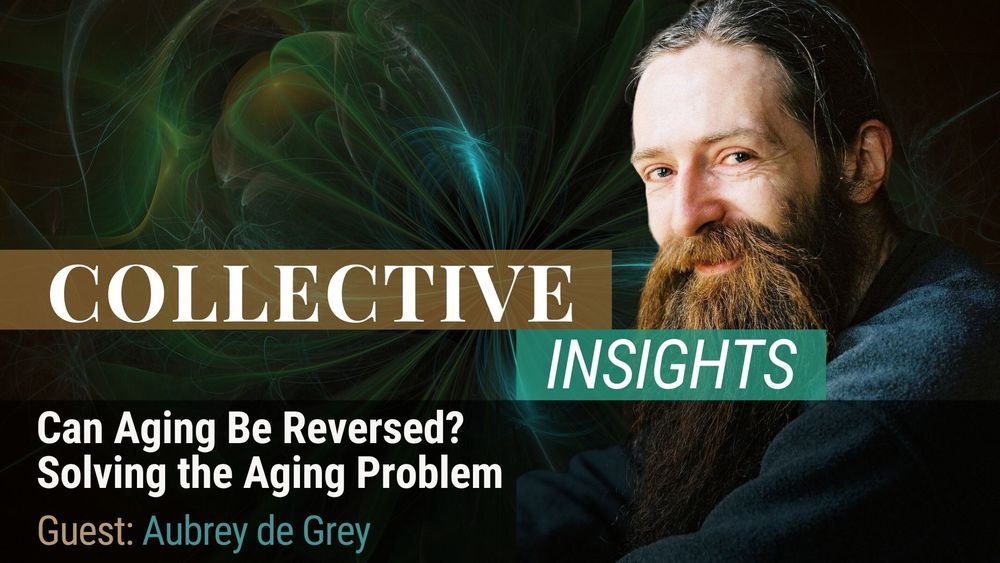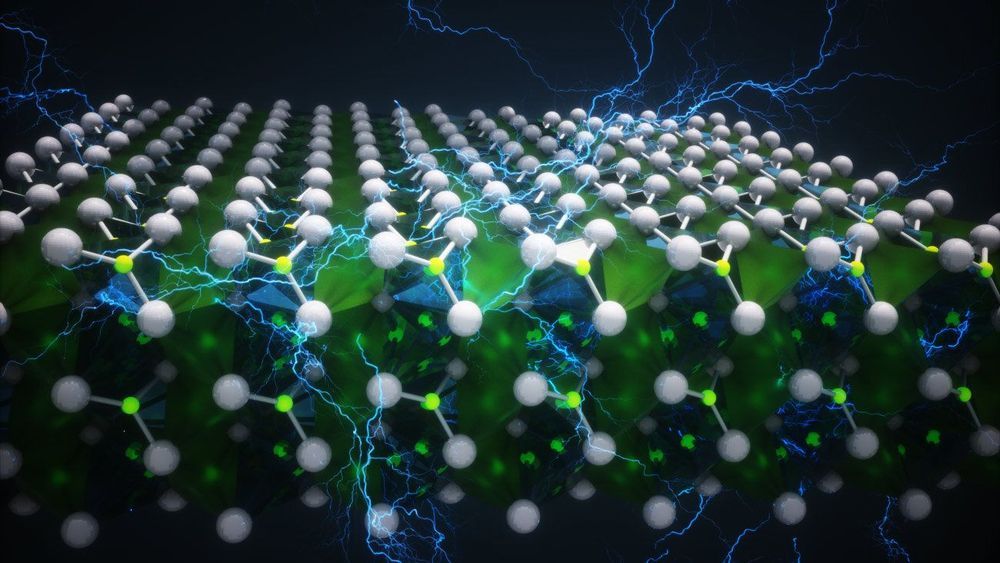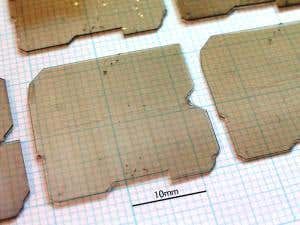Apr 23, 2020
Can Aging be Reversed? Solving the Aging Problem
Posted by Paul Battista in category: life extension
A transcript for this episode is available online in blog form at Transcript: Aubrey de Grey Interview on Solving the Aging Problem.
Imagine a world where we live to 130, 150 or 500 years old. Anti-aging pioneer, Dr. Aubrey de Grey, joins us to share his confidence in how technology will dramatically extend human lifespan. He joins our host, Heather Sandison, ND, to look at aging as a problem to be solved. In this episode, Dr. Aubrey de Grey offers hope to people looking for cutting-edge therapies to live longer. We discuss:


















